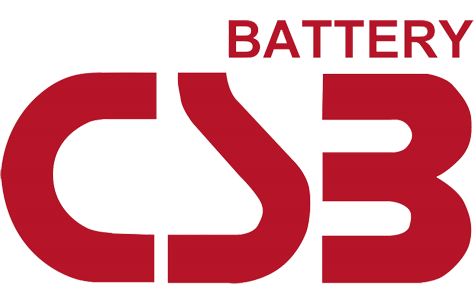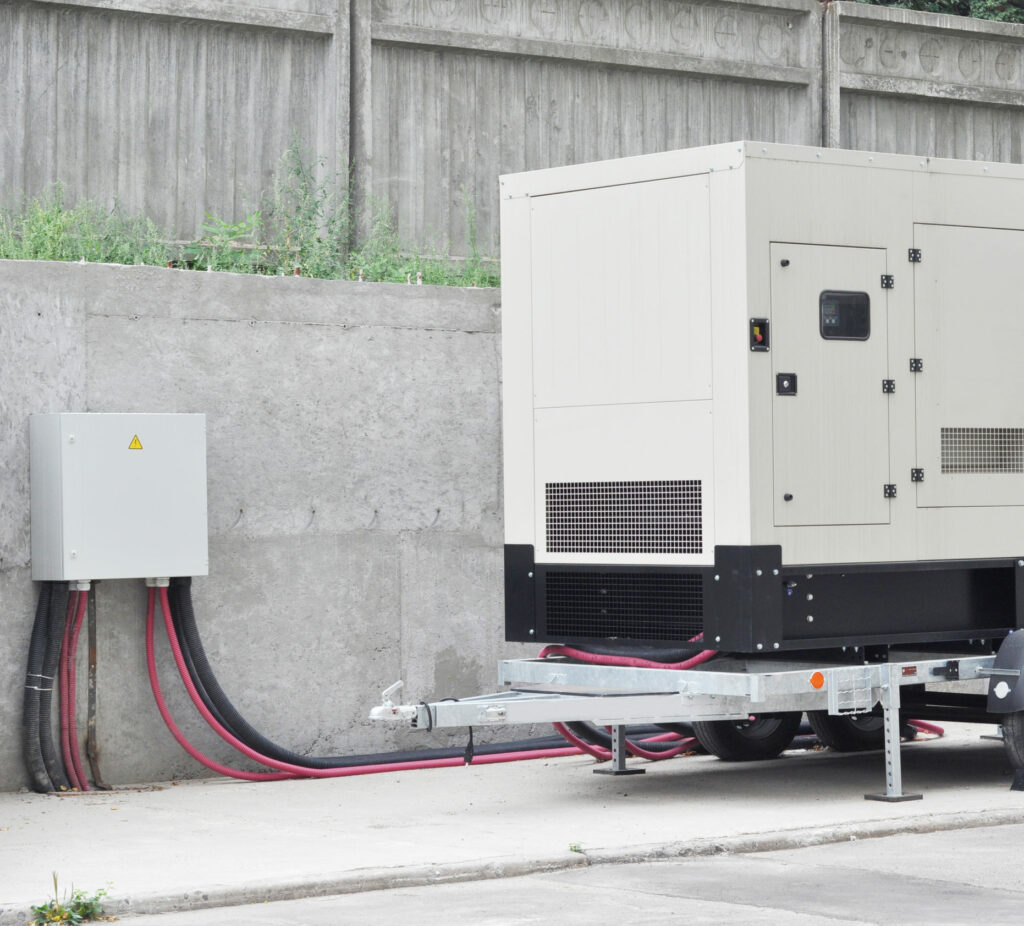What are the nine common power problems?
Power problems can encompass a variety of issues or abnormalities that occur within an electrical power system. Here are nine of the most common power problems:
1. Power Failure:
- A complete loss of electrical power in a system or area.
- This can be caused by natural disasters, equipment failure, or utility issues.
- This results in a complete disruption of the power supply, leading to equipment shutdowns and data loss.
2. Power Sag:
- A temporary decrease in voltage levels below the normal operating range.
- Usually caused by high power demands, faulty wiring, or sudden load changes.
- This can lead to equipment malfunction, data corruption, or system instability.
3. Power Surge:
- Temporary increase in voltage levels above the normal operating range.
- Often caused by lightning strikes, power grid fluctuations, or faulty equipment.
- This can cause immediate damage to sensitive electronic devices, leading to data loss or hardware failure.
4. Under Voltage:
- A sustained decrease in voltage levels below the standard operating range.
- Typically caused by power grid issues, long-distance transmission, or heavy loads.
- This results in equipment malfunctions, reduced performance, and increased power consumption.
5. Over Voltage:
- A sustained increase in voltage levels above the standard operating range.
- This can occur due to faulty voltage regulators, power line faults, or lightning strikes.
- Prolonged exposure to overvoltage can damage equipment, leading to premature failure or data corruption.
6. Line Noise:
- High-frequency electrical disturbances superimposed on the power signal.
- Generated by electronic devices, electromagnetic interference, or faulty grounding.
- This can disrupt signal integrity, cause data errors, and affect sensitive equipment performance.
7. Frequency Variation:
- Deviation from the standard frequency of the alternating current (AC) power supply.
- This can result from generator or utility issues, load fluctuations, or faulty frequency converters.
- Alters electrical equipment timing, affecting their performance, synchronization, and accuracy.
8. Switching Transient:
- Sudden changes in voltage or current levels during electrical circuit switching.
- Commonly caused by turning on or off high-powered equipment, such as motors or transformers.
- Transients can lead to voltage spikes, electromagnetic interference, and equipment damage.
9. Harmonic Distortion:
- The presence of additional frequency components in the power signal, multiples of the fundamental frequency.
- Generated by nonlinear loads, such as variable speed drives or electronic equipment.
- Harms power quality, causes excessive heating, reduces equipment efficiency, and leads to premature failure.

































